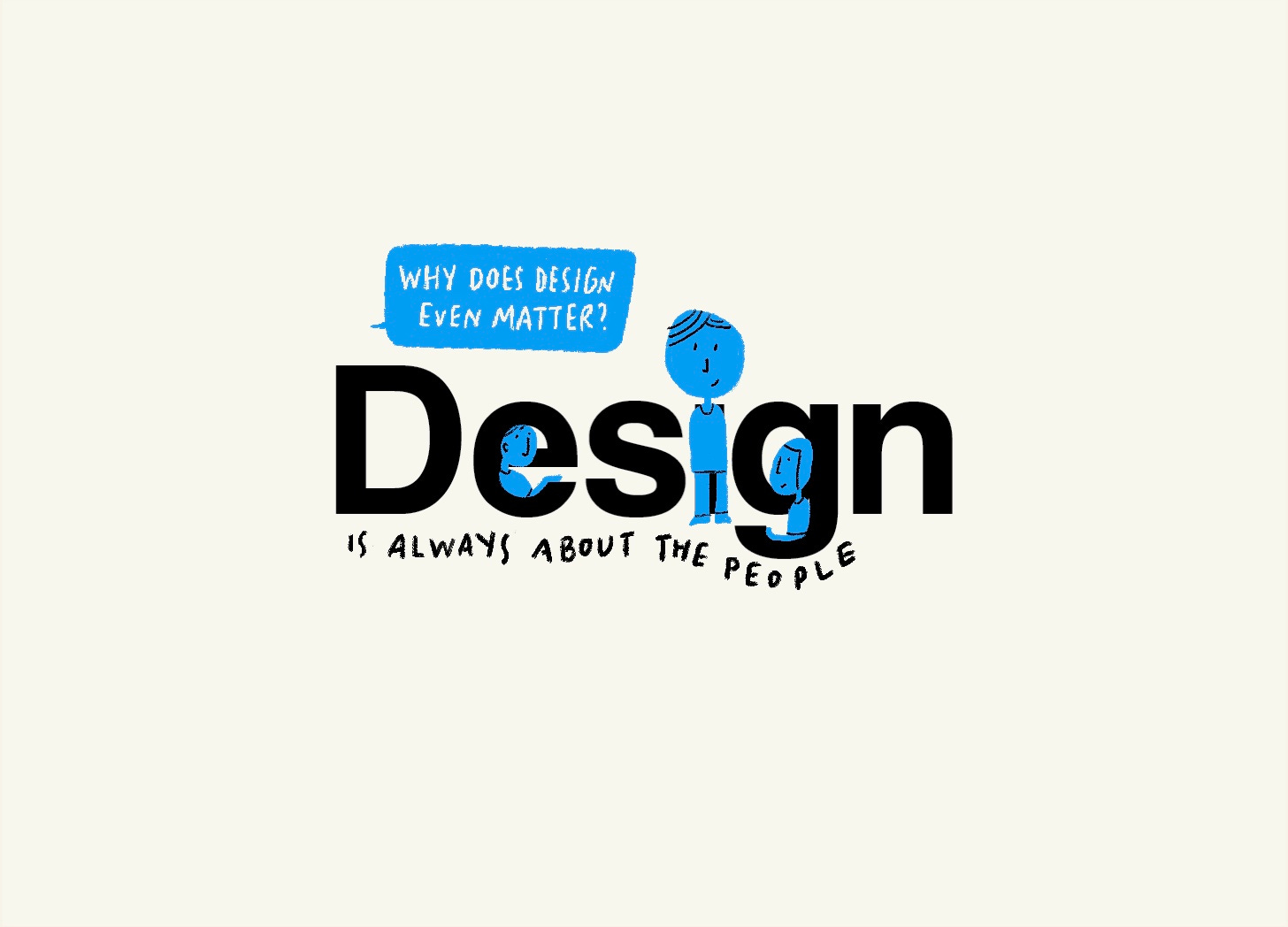Design is always about the people first.
Why human-centricity matters more than ever
Design holds different meanings for different people. To some, it’s aesthetics. To others, it’s engineering. All can be true depending on the context. But beneath it all, design has always been about people.
Whatever we create, be it a product, service, or experience, is simply a container for all the tiny invisible details shaped around the person’s needs, emotions, and motivations.
Most of us move through life fixing problems we see. We jump from problem to solution quickly, because getting things done feels productive. Designers tend to approach challenges differently. They pause. They focus on the people surrounding the challenge. They ask:
How are they feeling?
What’s shaping their emotions?
What would support look like?
We may start with assumptions, but we also know they are just that. So we speak with real people, observe them, listen to their stories, and understand the why that numbers alone can’t show us. To many, this extra work may seem like a fluffy waste of time. But it’s the difference between solving what’s obvious and solving the invisible parts of life that truly matters.
Businesses have successfully used this approach to create products and experiences people depend on every day. Imagine more of us using the same approach on our personal lives, keeping the people we care about in the centre, bringing curiosity, empathy, and a deeper sense of connection, especially when the aim is to help one another thrive, instead of meeting a business metric.
In a world that is pulling us in every direction, choosing a human-centred approach gives us a stronger sense of agency to act with intention.
It reminds us that behind every challenge is always a person, including ourselves. And when we see that person clearly, many things become much simpler to understand. And the solutions to our challenges often reveal themselves in places we have overlooked.



